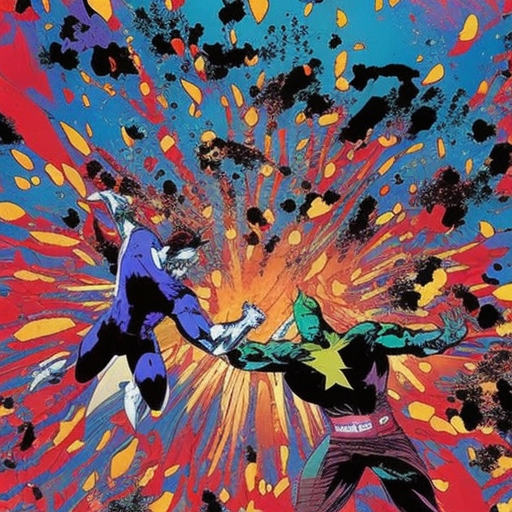Summary: Comics are a form of visual storytelling that combine images and text to convey narratives or ideas. They have a rich history and have evolved over time to encompass various genres and styles. Comics have gained widespread popularity and have become an integral part of popular culture, with a significant impact on literature, art, and entertainment.
History of Comics:
Comics have a long history that can be traced back to ancient civilizations. The earliest examples of sequential art can be found in Egyptian hieroglyphics and ancient Greek and Roman art. However, the modern form of comics emerged in the late 19th and early 20th centuries with the publication of newspaper comic strips. These strips, such as “The Yellow Kid” and “Little Nemo in Slumberland,” laid the foundation for the comics medium as we know it today.
Genres and Styles:
Comics encompass a wide range of genres and styles, catering to diverse audiences. Superhero comics, such as Marvel and DC Comics, are perhaps the most well-known genre, featuring iconic characters like Superman, Batman, and Spider-Man. Other popular genres include fantasy, science fiction, horror, crime, romance, and autobiographical comics. Each genre has its own unique storytelling conventions and visual aesthetics.
Artistic Elements:
Comics are a unique art form that combines visual and textual elements. The visual aspect of comics includes panel layout, composition, line work, color, and typography. Artists use various techniques to convey emotions, action, and atmosphere. The text in comics includes dialogue, narration, and sound effects, which complement the visuals and contribute to the overall storytelling.
Impact on Popular Culture:
Comics have had a significant impact on popular culture, influencing literature, art, and entertainment. Many successful films and television series are based on comic book characters and stories, such as the Marvel Cinematic Universe and “The Walking Dead.” Comics have also inspired a multitude of merchandise, including action figures, clothing, and collectibles. Additionally, comic conventions, such as Comic-Con, have become major events that attract fans from around the world.
Diversity and Representation:
In recent years, there has been a growing emphasis on diversity and representation in comics. Publishers are increasingly producing comics that feature diverse characters, explore different cultures, and address social issues. This shift has led to the rise of independent and alternative comics that challenge traditional narratives and push the boundaries of the medium.
Webcomics and Digital Comics:
The advent of the internet has revolutionized the comics industry, giving rise to webcomics and digital comics. Webcomics are comics that are published online and can be accessed for free or through subscription services. Digital comics, on the other hand, are digital versions of printed comics that can be read on electronic devices. These digital formats have expanded the reach of comics and provided new opportunities for creators to share their work.
Comics as an Art Form:
Comics are increasingly recognized as a legitimate art form, with museums and galleries showcasing comic art alongside traditional fine art. The graphic novel, a longer and more complex form of comics, has gained critical acclaim and is studied in academic settings. The unique combination of visual and textual storytelling in comics offers a distinct narrative experience that continues to captivate audiences.
In conclusion, comics are a versatile and influential medium that have evolved over time to encompass various genres and styles. They have had a significant impact on popular culture and continue to push boundaries in terms of diversity and representation. With the rise of webcomics and digital comics, the reach of comics has expanded, making them more accessible to a global audience. Comics are now recognized as a legitimate art form, with their unique combination of visuals and text offering a distinct narrative experience.












